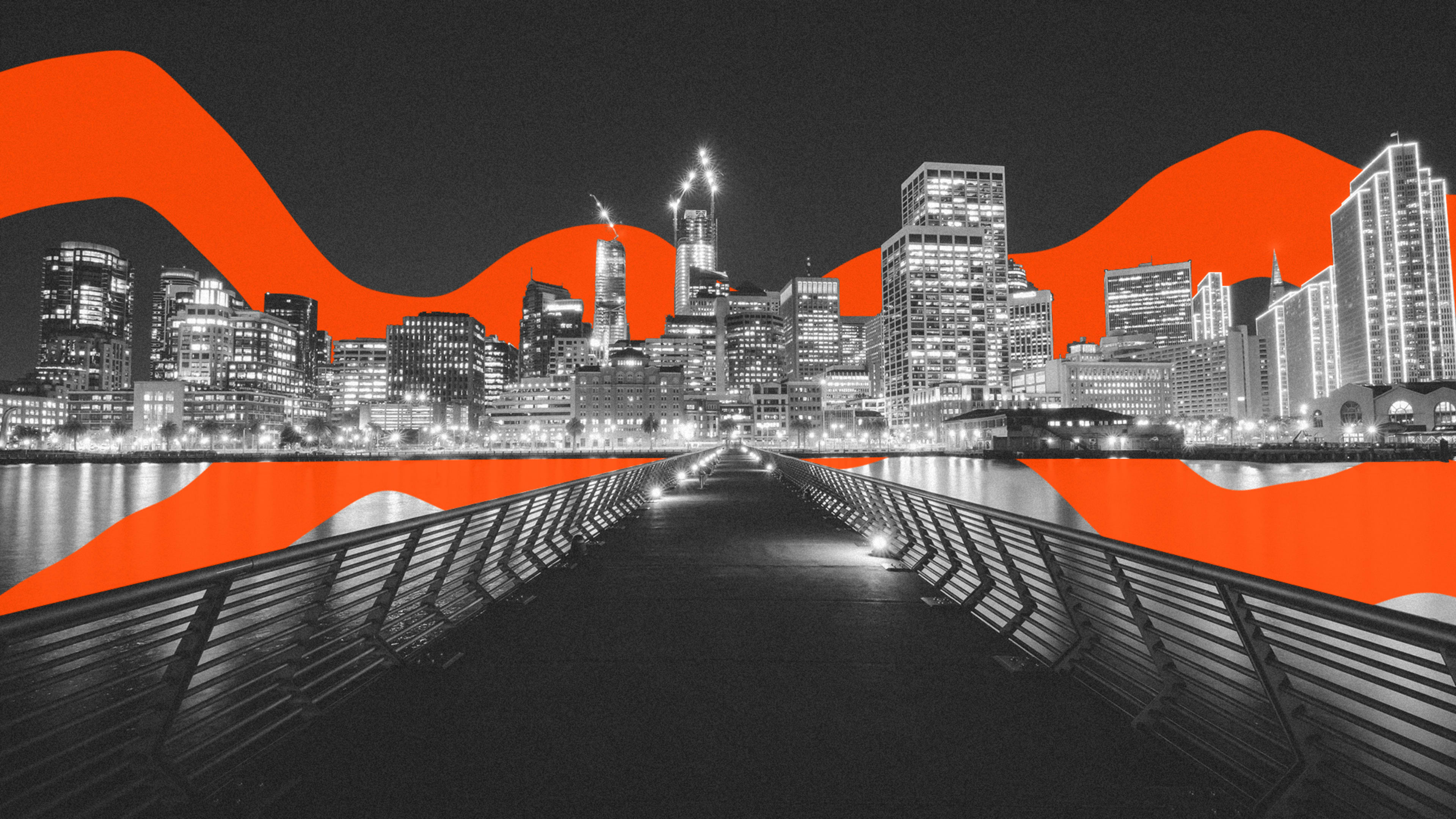One of the most common questions I get asked is “what are the best cities in the world?” I have a few different answers, but I usually look to shift the conversation to a question I think is more interesting: Which cities out there are doing remarkable things to get much better right now?
Since most of my work around the world advising cities on what I call “advanced urbanism” is in its simplest sense about helping cities get better, inspiring examples of recent successful urban change can be worth their weight in gold. On the other hand, cities that have been great for a really long time can ironically be less helpful as examples, as they can be too easy for cynics to write off. How often have you heard this one: “Come on, [insert great city here] has always been like that! We could never be like [insert great city here]!”
Plus let’s be honest: Great cities can easily rest on their laurels, coasting on smart decisions made decades or even hundreds of years ago. Think New York before Mayor Bloomberg, or Paris before Mayors Delanoë and Hidalgo. Or maybe your own city comes to mind. But the cities out there that are currently doing bold, creative things to get better–whether they’re currently great or not–those are inspiring, and hard for any city to ignore.
Every city in the world is going through a learning curve, working hard to improve, albeit from very different starting points. It’s true that “better” is open to opinion and debate (including answering the really important question, “better for whom?”), and even when the difference between better and worse is well proven, some cities sadly are still doubling down on the wrong path (more freeways, anyone?). But I find even those cities with clear visions of what better means can easily struggle with the “how” part, and the fact that the path to success is often not a straight line.
Over many years working with cities at all points in that learning curve, I’ve developed a simple conversation starter that I call the “five steps toward better cities.” I’ve found it can help break the ice around how to improve, if people are really honest about where they’re starting from.
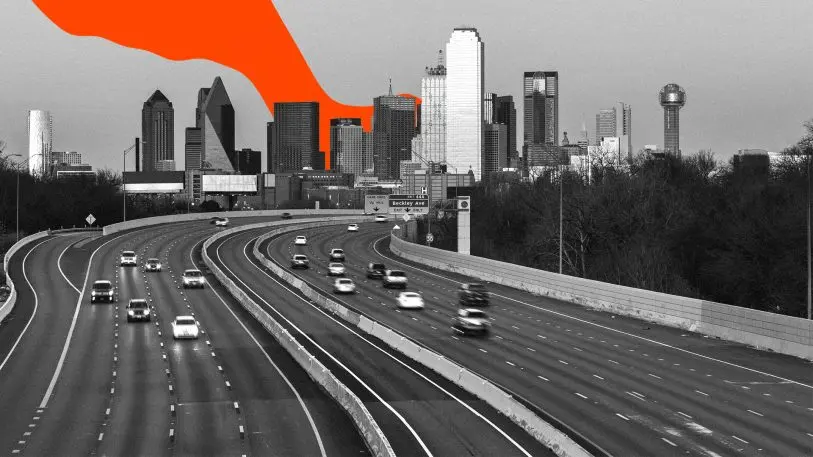
Step 1: Doing The Wrong Things
Sadly, many cities still exhibit plenty of evidence of being stuck in this step: Picture every city out there, from Dallas to Melbourne, that’s still building new freeways in and through cities; widening already too wide roads; or building more low-density, car-dependent subdivisions and retail power centers. There’s ample evidence of the costs and consequences of continuing these wrongheaded practices, but decision-makers keep doing them anyway, often due to wrong-headed rules and policies, market momentum, silo thinking, or just poor leadership. Really achieving better cities requires that we not only start doing the right things, but also stop doing the wrong things–which can often be harder.
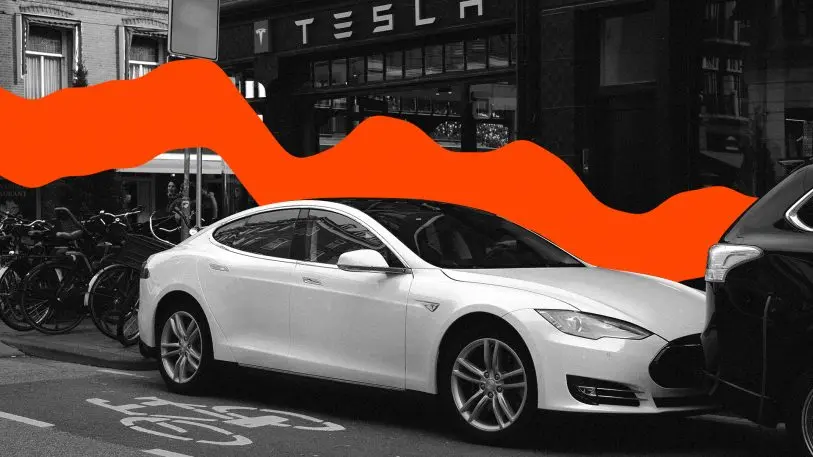
Step 2: Doing The Wrong Things “Better”
This one usually generates the most interesting discussions, both in and outside city halls. Cities can put remarkable energy and effort into avoiding having to change what they’ve been doing, so it can be seductively easy to pat ourselves on the back for finding ways to do those wrong things better. A favorite example is electric and driverless cars–in other words, “better cars”–when the right answer is fewer cars. Or by extension, Elon Musk’s initial pitch to build better tunnels with a better borer in order to move better (and many more) cars underneath our cities. I’ve had too many mayors insist to me that they don’t need to fund transit because we’ll “all be riding in driverless cars in a few years” (we won’t).
Other examples in a city design context include wide arterial “car sewers” with lovely landscaped medians, or huge surface parking lots with guidelines that insist on nicer landscaping between cars (I myself fought for these while working in Calgary, because at the time I wasn’t able to achieve the right answer: much less parking). High-profile protagonists like Musk can be powerful feeders of this “wrong thing better” narrative, distracting decision-makers from the right fundamental solutions, like better land-use decisions and smart investments in multimodal infrastructure.
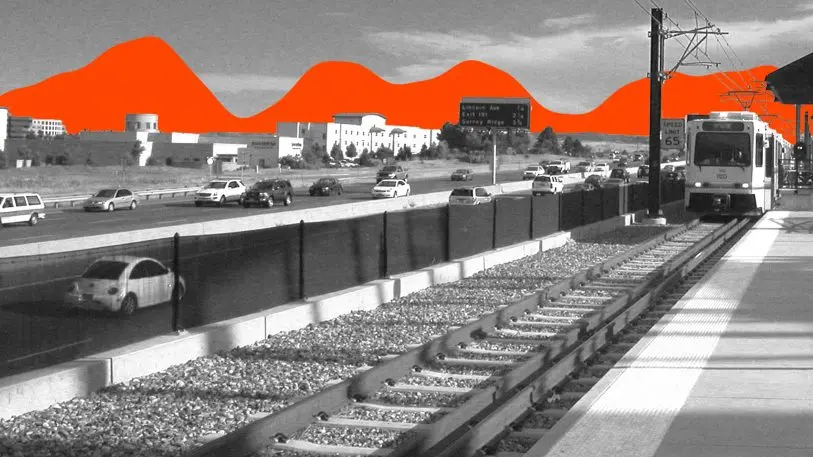
Step 3: Trying To Have Your Cake And Eat It, Too
Cities in this step have started to invest in better things, like transit and biking infrastructure, and putting in place the right policies, like smarter decisions on land use. But at the same time they continue to do the wrong things, and usually bigger. A favorite example is Denver’s decision to build a new light rail line, while at the same time widening the highway beside it and requiring massive parking structures at LRT stations. How about Brisbane, Australia, investing in bus rapid transit and a bike-lane “freeway” under their elevated waterfront expressway (which they really should tear down), while still spending most of their transportation money trying to make it easier to drive. Cities stuck in this step are often frustrated that they’re not seeing actual progress–like mode shift from driving to transit ridership. But that really isn’t surprising, since they won’t make the hard choices that lead to the kind of city they describe in their visions and plans.

Step 4: Doing The Right Things Badly
A step I’ve recently added, after countless conversations, is about whether initially doing something that’s right badly is worse than not doing it at all. Think about those bike-lane or transit experiments that were poorly designed, or didn’t really connect much with much. When they failed, or underperformed, what did that do to the infrastructure conversations that came after? It’s true that if something is done badly enough, it can easily set back the idea by years or even a generation. (“See? I told you that was a horrible idea! We’ll never try that again!”) But it’s also true that smart, strategic cities have found great success with well-orchestrated experiments and pilots, or just learning from ordinary, everyday “competent failure” within a culture that embraces creative risk and faster learning. Becoming nimble when it comes to learning and fixing things is a badly needed culture change that many city halls need work on. In the meantime though, I’d rather have cities doing the right thing badly (at first), than continuing to do the wrong thing better.
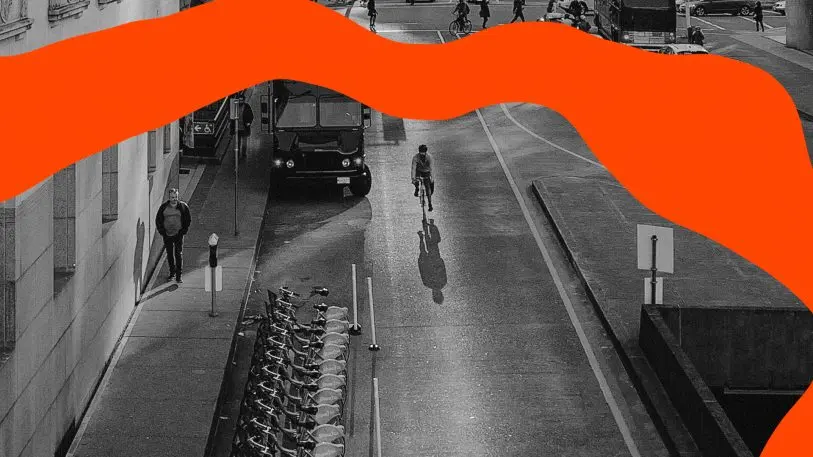
Step 5: Doing The Right Things Well
Even when you finally get to the point when you’re doing the right things, and doing them well, the learning curve doesn’t end there. A culture of continuous learning and improvement is needed. The good news is that the ‘”seduction of success” is helpful: Just look at how many of the world cities generally considered successful, like Barcelona, London, Vienna, Buenos Aires, New York, Stockholm, Melbourne, Vancouver, and Copenhagen, are still working hard to outdo each other and get even better. They love the results (and attention) that real improvement earns them, and they want to go even further!
So where is your city on this learning curve? Before you answer, remember these steps aren’t intended to be absolute descriptions of a city. A city can be sitting on all five simultaneously when discussing different elements of city-making.
Every city can choose to make different decisions and can choose to transform itself. The first step often involves a candid conversation about where it is, and where it’ll end up if it doesn’t change course. I hope these five steps and the ensuing conversations help your city.
Brent Toderian is a global thought-leader on cities, an acclaimed city planner and urbanist with Toderian UrbanWorks advising cities and progressive developers all over the world, and the former chief city planner for Vancouver. Follow him on Twitter @BrentToderian.
Recognize your brand’s excellence by applying to this year’s Brands That Matter Awards before the early-rate deadline, May 3.
